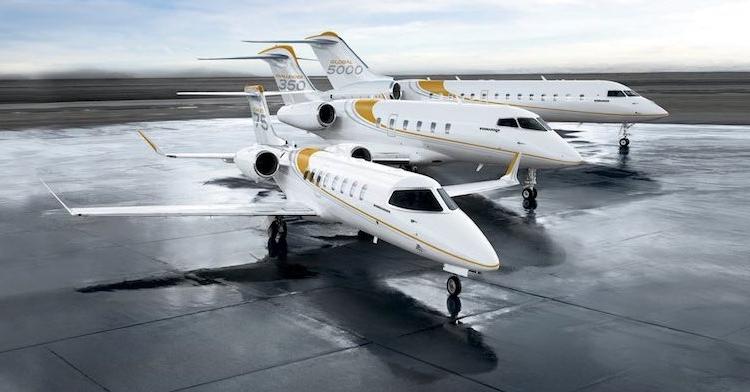The private aviation industry in the US is a behemoth. It has grown significantly in recent years, even in spite of the restrictive coronavirus pandemic, as private jets fill the gaps left by the receding stature of commercial airlines. The private jet is a key signifier of luxury for many, aided by social media images of influencers and pop stars clinking champagne flutes on leather reclines some thousands of feet in the air.
Private jets are much more than a luxury form of air travel, though; they are essential for the swift and efficient flow of business to and from the United States, with businesses and industries dependent on the modularity of private air travel for the development of international trade. But how has private aviation developed – and developed so quickly since the first flight of man in 1903?
The Learjet 23
The Learjet 23 is often credited as being the first true luxury private jet. Learjet began life in the early 1960s as a direct alternative to the rising tide of commercial flights; the design of the first Learjet – the 23 – was intended to allow for swift and unimpeded domestic travel, with comfort in tow. It could seat up to six passengers, and was somewhat based on the design of a Swiss fighter jet!
The Gulfstream GIV
The Learjet 23 had its limitations, though – and despite being a comfortable and relatively luxurious domestic ride, would eventually be superseded by a 1987 design that placed luxury at the top of the pile. Gulfstream’s GIV was the fourth iteration of its jet design, created with space in mind. Its larger footprint enabled more passengers without compromising on comfort, setting the precedent for private jet designs today.
The Citation X
Cessna has a very different reputation for private aircraft design, on account of having designed one of the cheapest and most ubiquitous private crafts in aviation: the 182. However, its contributions to aviation on the other side of the spectrum are profound. The Citation X is one of the fastest commercially-available private jets, capable of nudging the speed of sound and changing the game for private jet performance.
The Future of Private Air Travel
The future of air travel, technologically speaking, is bright. New innovations in material sciences and artificial intelligence will undoubtedly have untold impacts for the shape and form of the private jet in the coming decades. However, these technological innovations are overshadowed by the growing specter of the climate crisis.
With rising global temperatures inextricably linked to the burning of fossil fuels, private aviation has taken a significant PR hit. Many are of the understanding that private air travel is contributing significantly to carbon emissions – an understanding that has led to growing distaste for the aviation industry as a whole.
As such, true future innovation is taking the form of corporate overhaul, particularly with regard to pivoting to new sustainability frameworks. Private aviation brands in the US are committing to carbon offset programs, and actively bankrolling research into zero-carbon fuel alternatives for private jets. Just as jets will continue to iterate towards peak luxury and efficiency, so too will they iterate towards a greener future.

